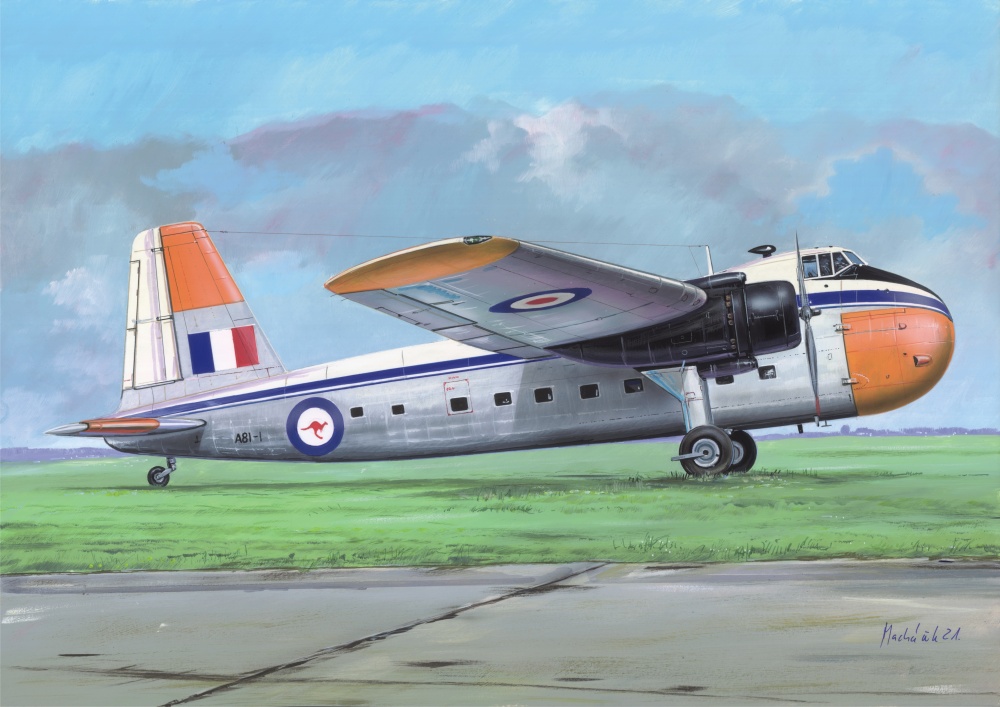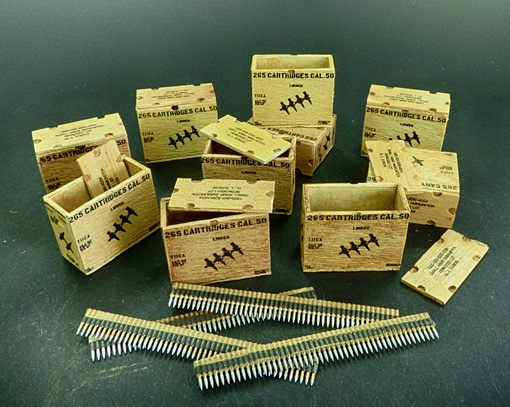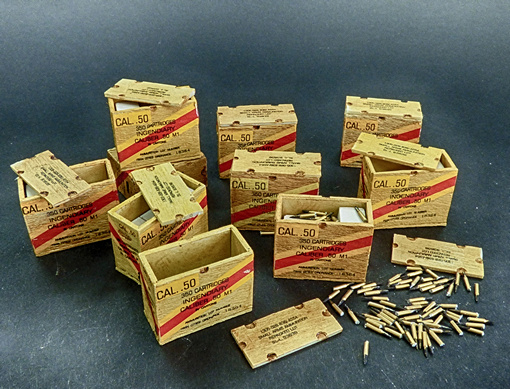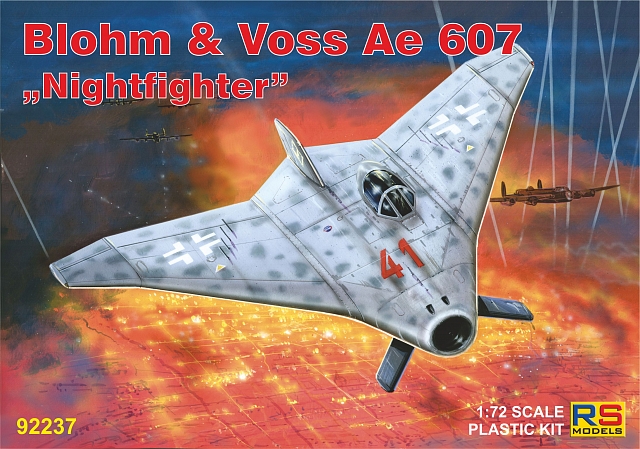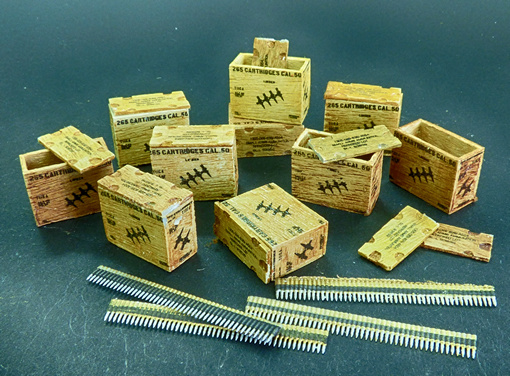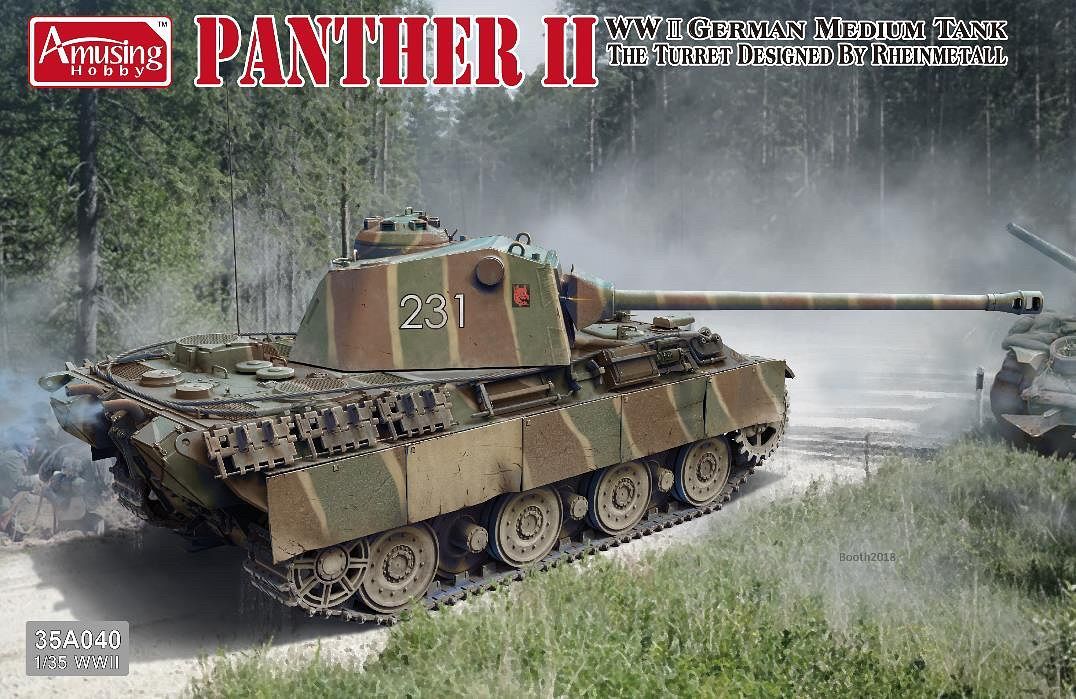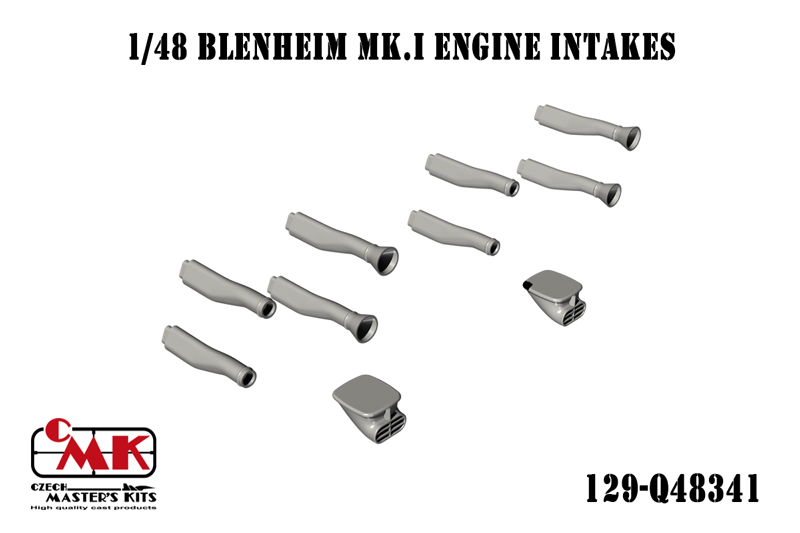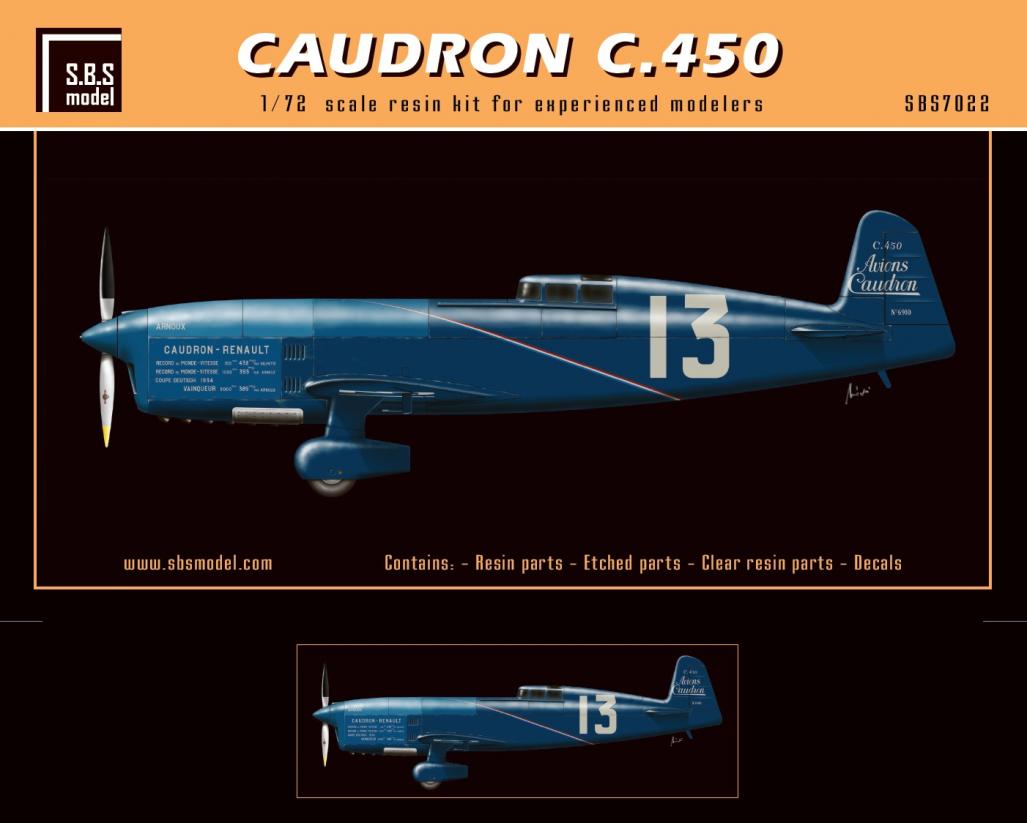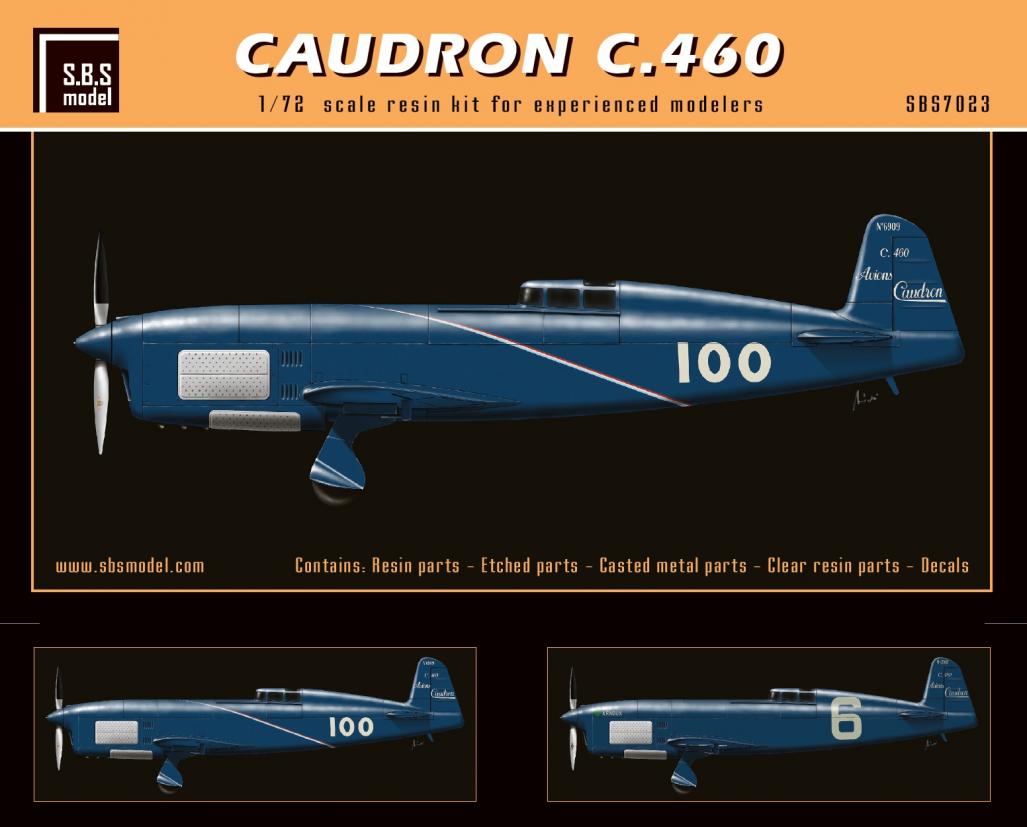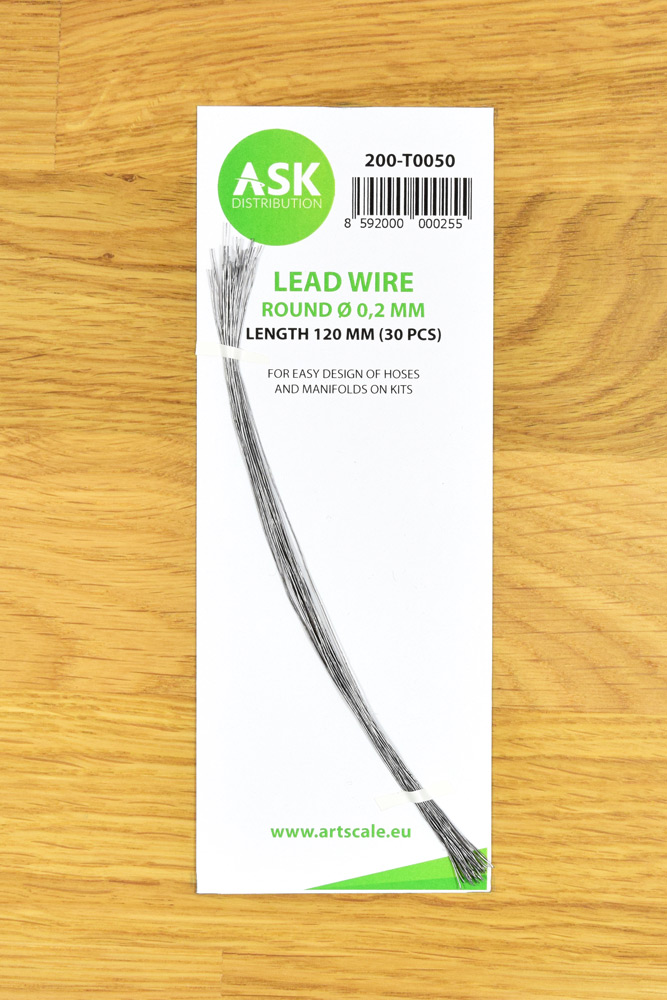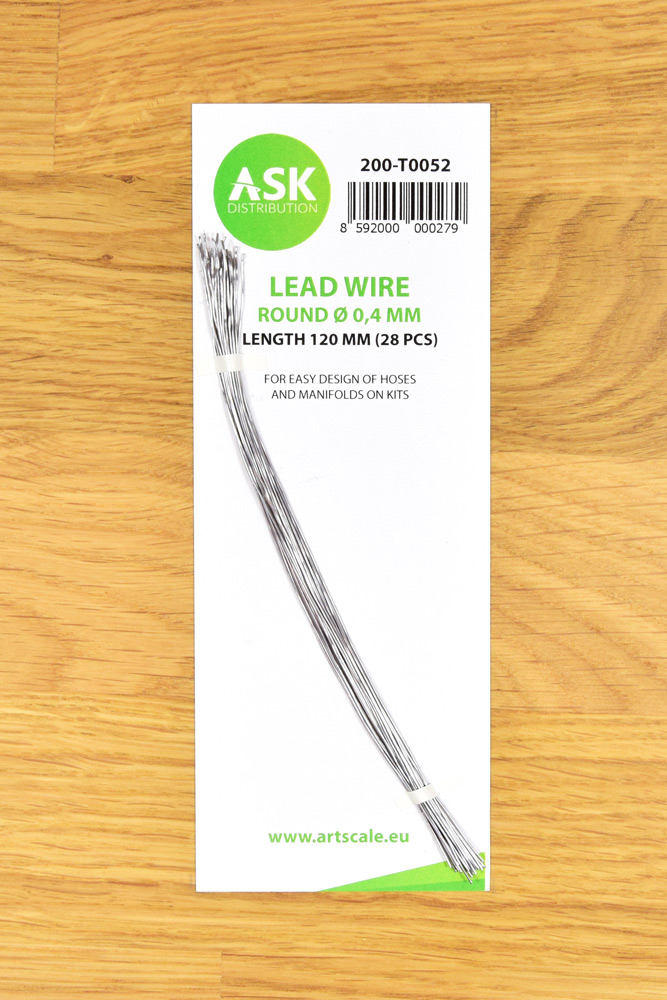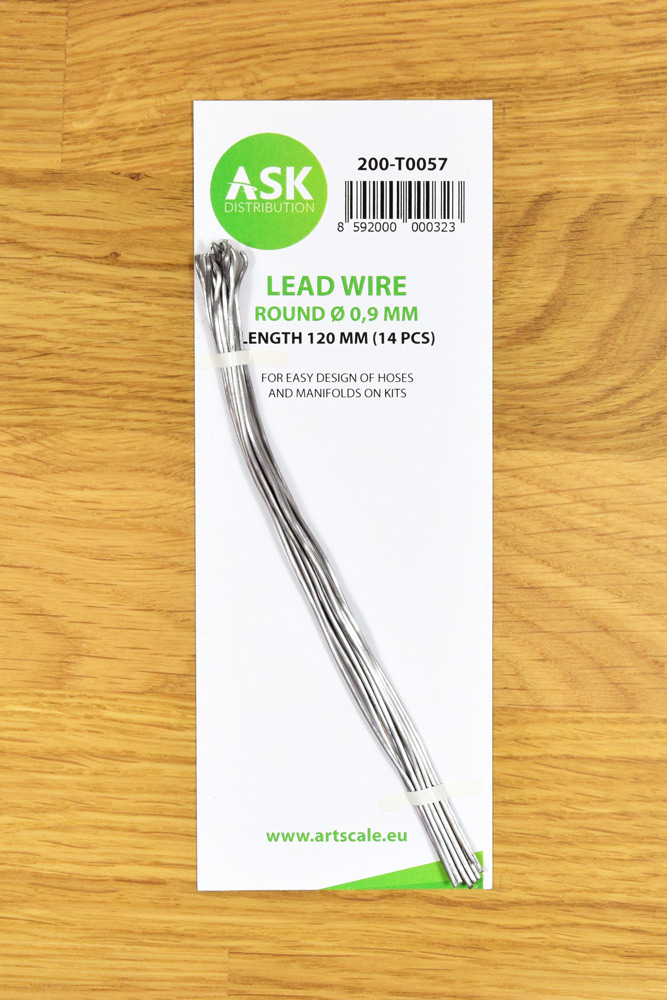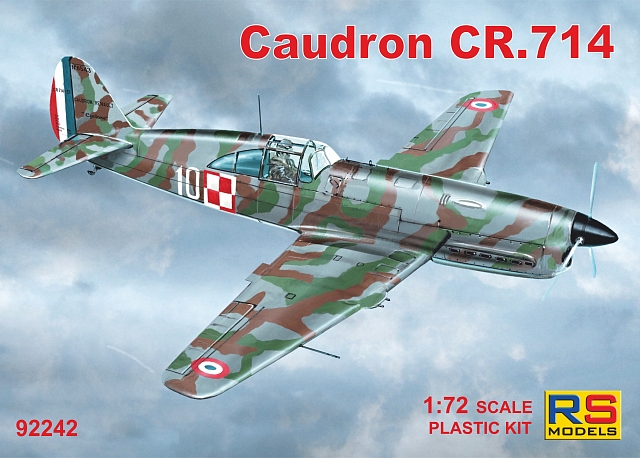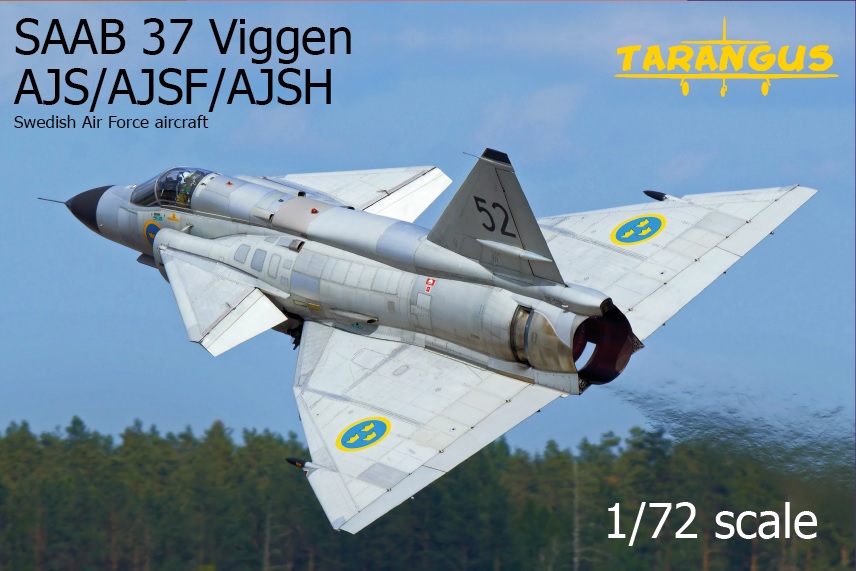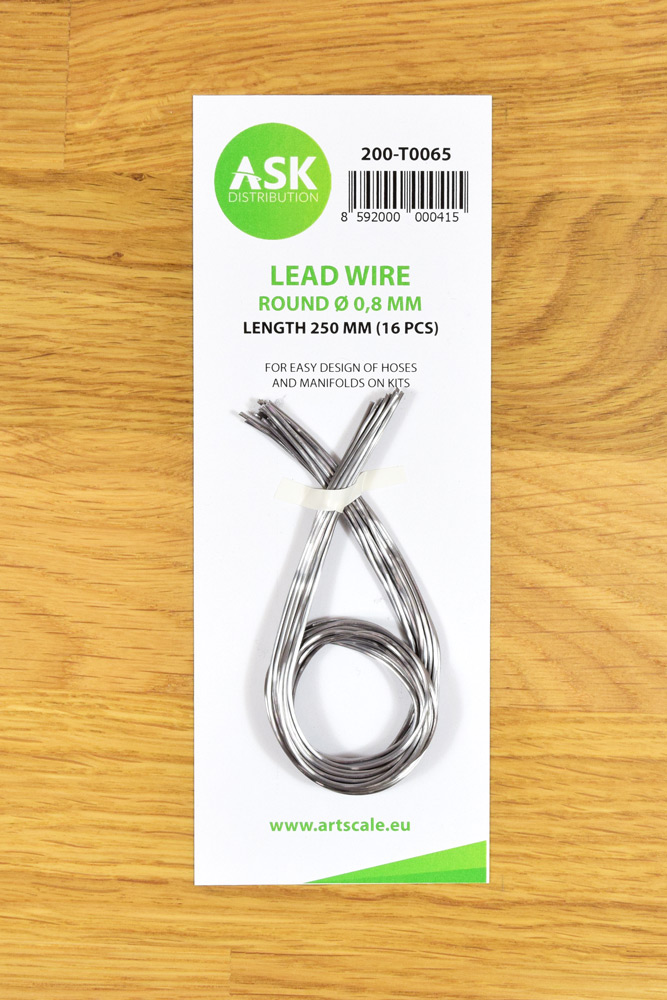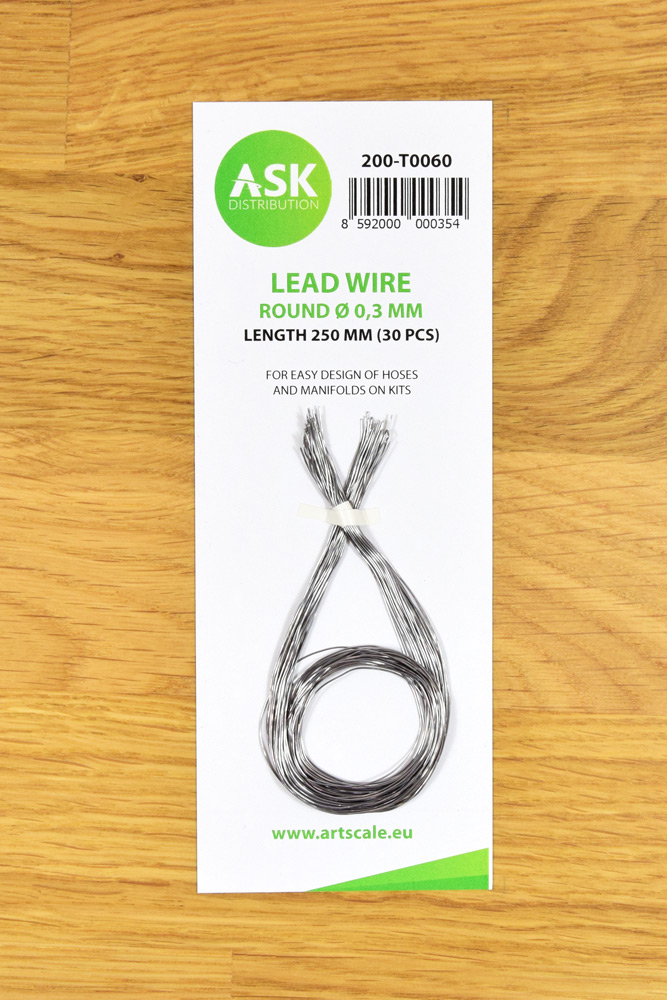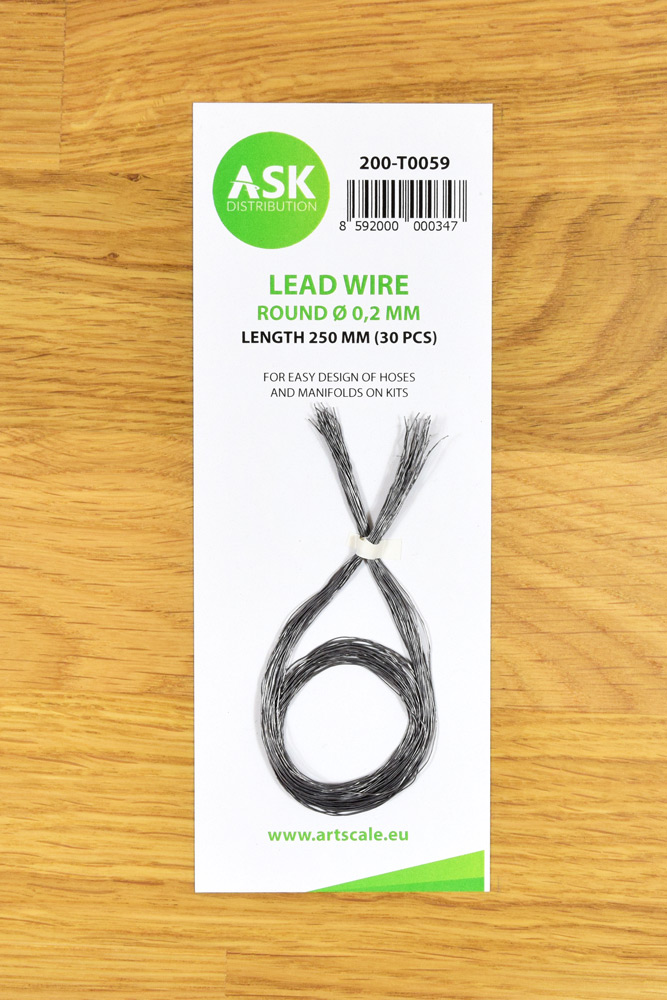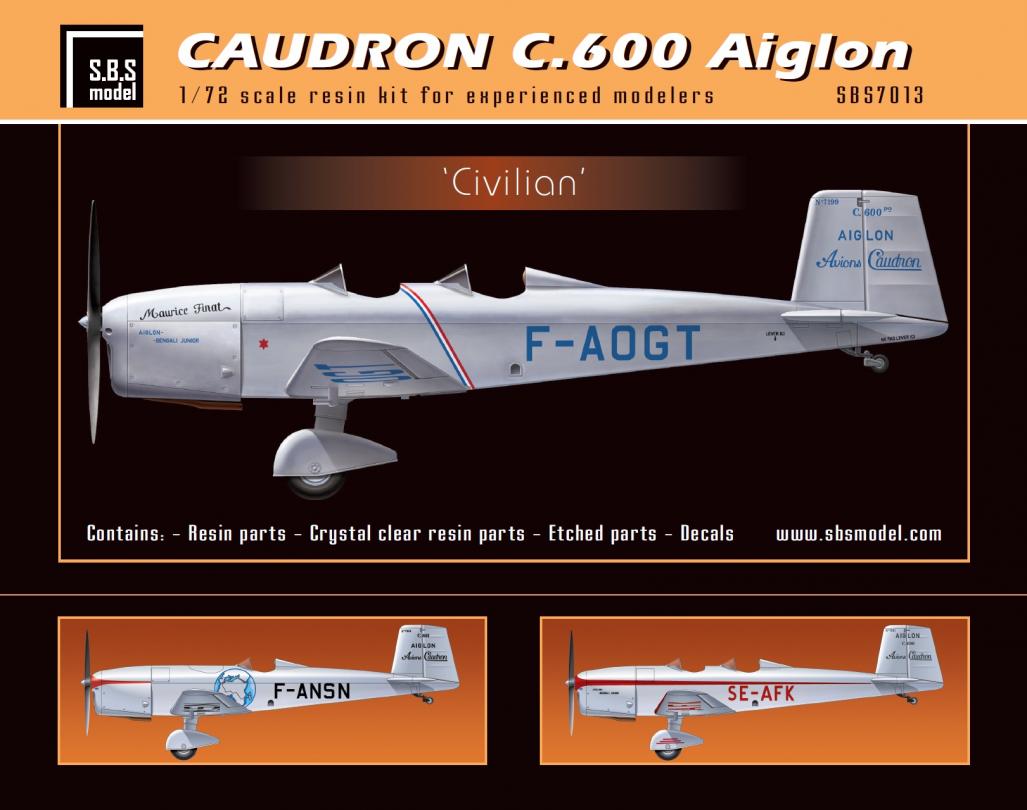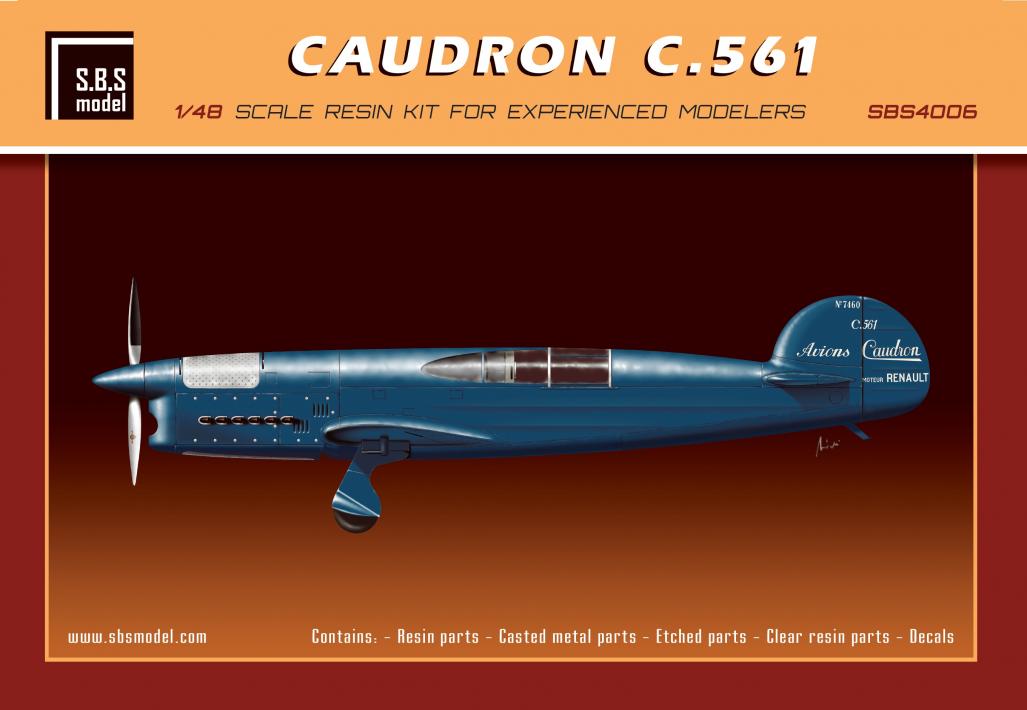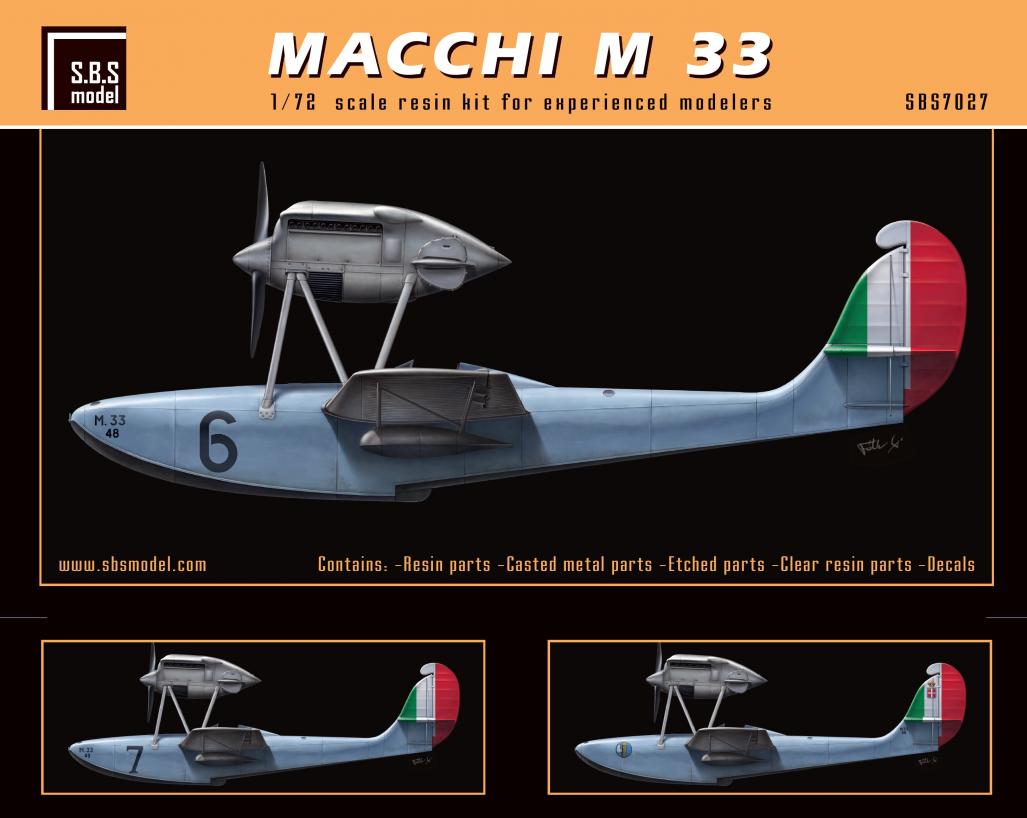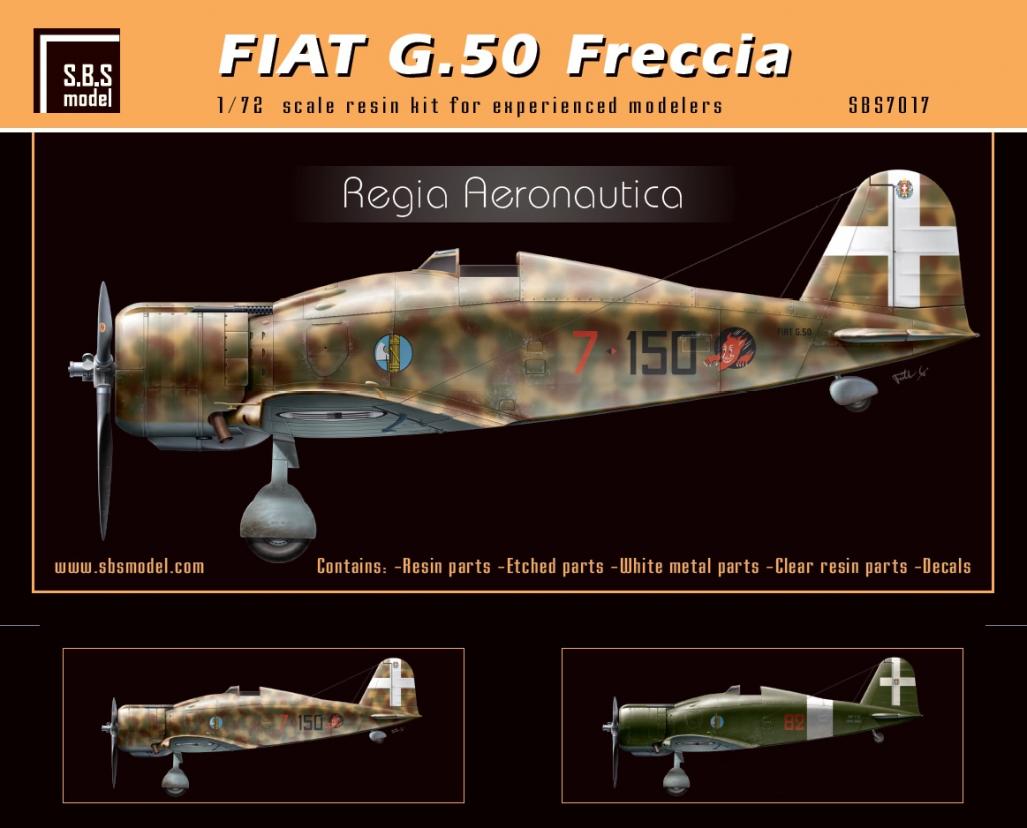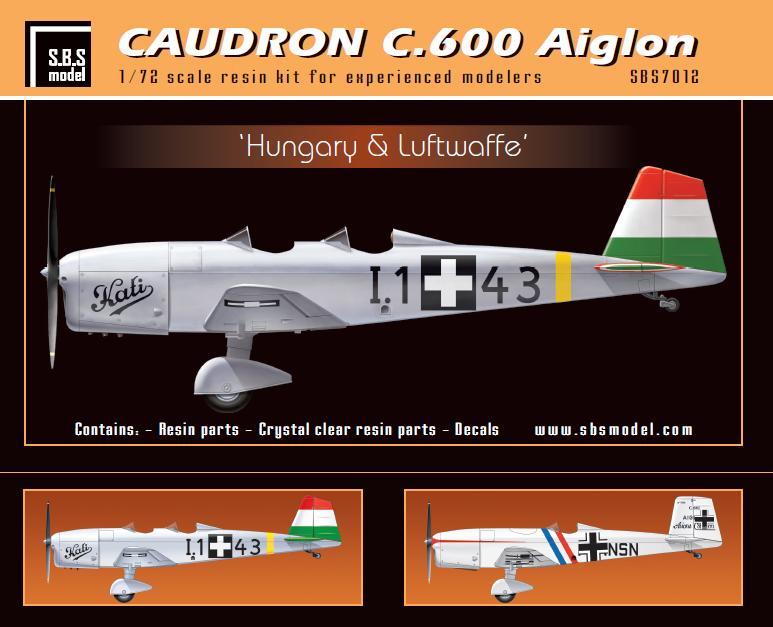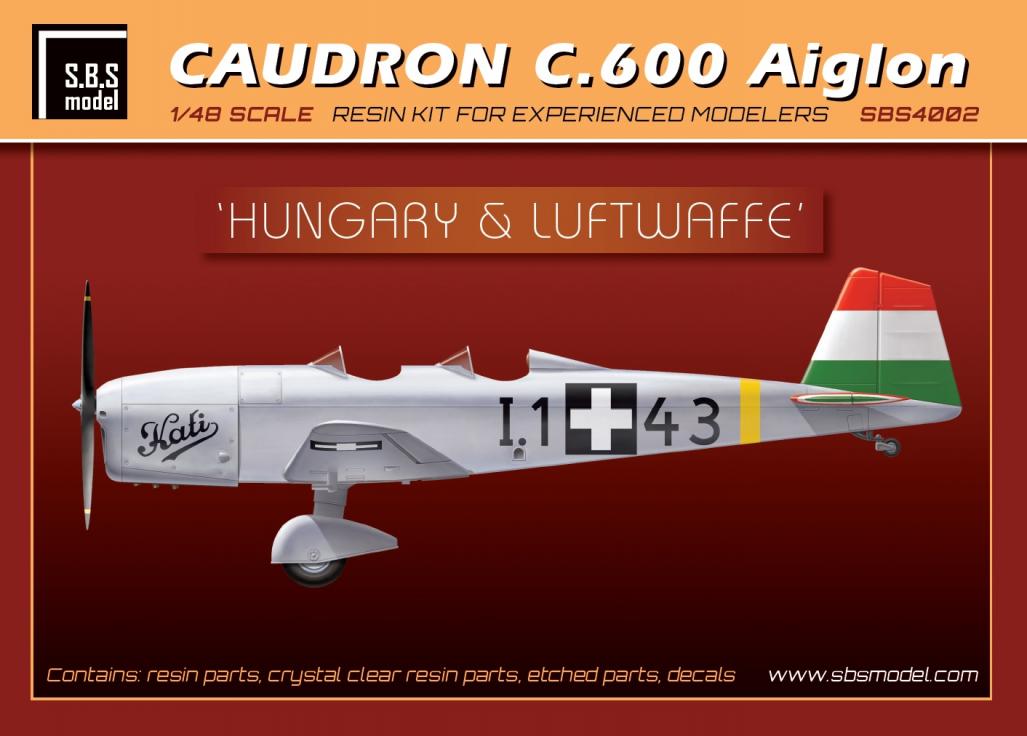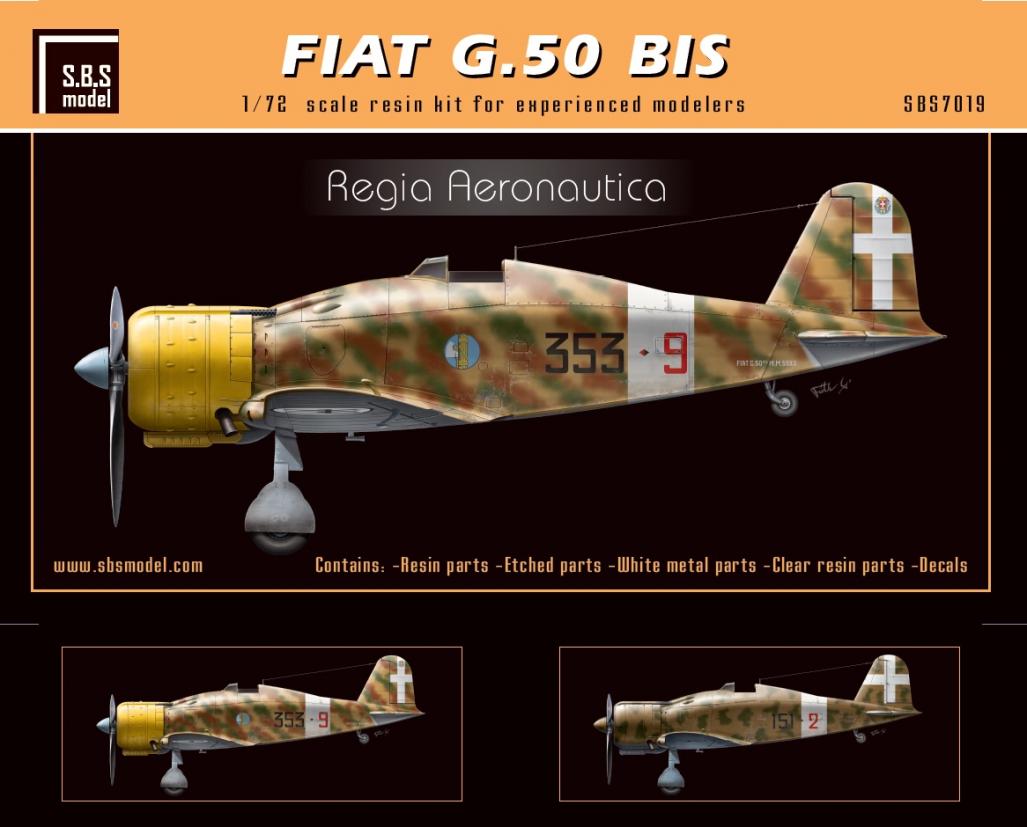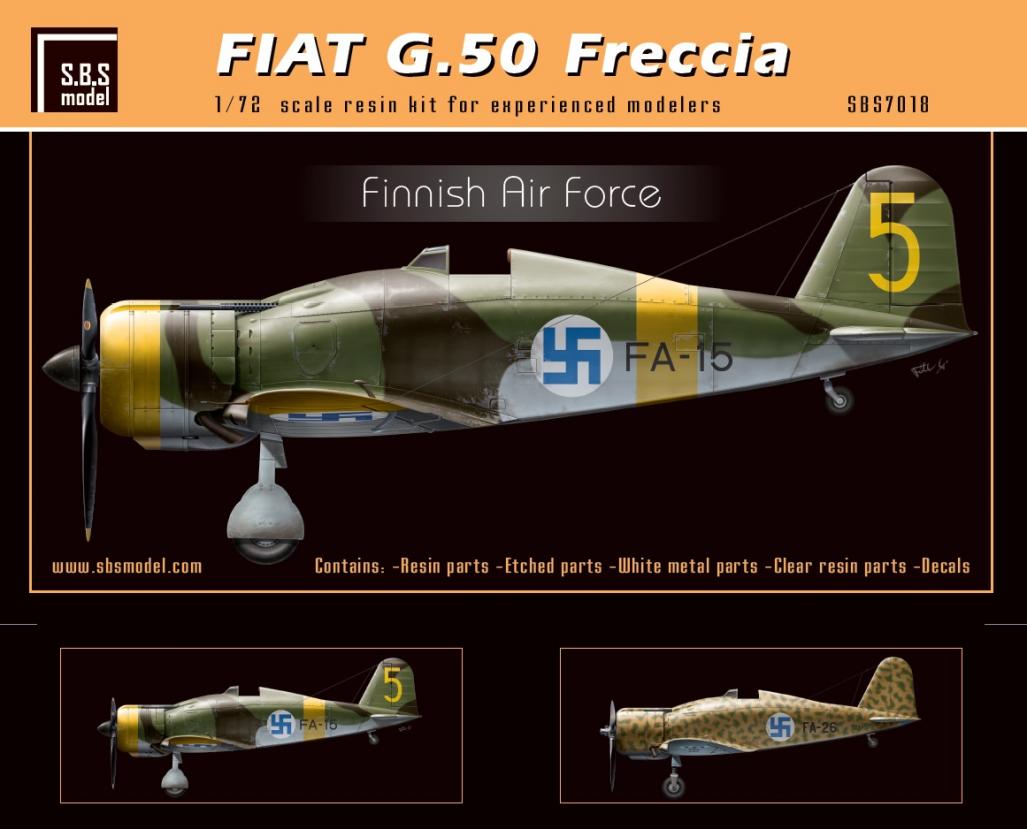Modely
Celkem 722 produktů
1/72 Bristol 170 Mk.21. The Bristol Type 170 Freighter was a British twin-engine aircraft designed and built by the Bristol Aeroplane Company as both a freighter and airliner. Its best known use was as an air ferry to carry cars and their passengers over relatively short distances. A passenger-only version was also produced, known as the Wayfarer. The Freighter was developed during the Second World War, having attracted official attention from the British Air Ministry, which sought the development of a rugged vehicle capable of carrying various cargoes, including a 3-ton truck. Various changes to the design were made to accommodate their requirements, but being completed too late to participate in the conflict, the majority of sales of the Freighter were to commercial operators. In response to customer demand, an enlarged version to maximise vehicle-carrying capacity, known as the Bristol Superfreighter, was developed.
Plastikový model letadla 1/72 Blohm & Voss Ae 607 "Nightfighter" 4 decal v. for Luftwaffe. This flying wing fighter was only a study and was not included on the Project list. Because the HeS 011 jet engine was chosen as the power plant, the cockpit had to be moved off-center. The wing had a compound sweep, starting at 65 degrees and changing to 55 degrees. There were two fuel tanks, located in tandem on the starboard side of the air intake. Three MK 108 30 mm cannon were planned for the armament.
Plastikový model letadla 1/72 Blohm & Voss Ae 607 "Nightfighter" 4 decal v. for Luftwaffe. This flying wing fighter was only a study and was not included on the Project list. Because the HeS 011 jet engine was chosen as the power plant, the cockpit had to be moved off-center. The wing had a compound sweep, starting at 65 degrees and changing to 55 degrees. There were two fuel tanks, located in tandem on the starboard side of the air intake. Three MK 108 30 mm cannon were planned for the armament.
1/35 WWII MEDIUM TANK PANTHER II RHEINMETALL TURRET. This is an injection-plastic military vehicle model kit. Another interesting late war German Paper Panther on the way from Amusing Hobby! The Panther II, as the name implies, was the follow up design to the German Panther tank, but it never progressed beyond prototypes and designs. The Rheinmetall company finished the Panther II's turret design in March 1944. It was smaller than conventional turrets and featured a slanted upper surface to make up for the stereo side equipment. Be sure to add this unique kit to your armor lineup!
1/48 Blenheim Mk.I Engine Intakes. The Mercury engine which were fitted to the Blenheim had a specific feature, the tubular air intakes mounted between the engine cylinders. There were two styles, one plain, the other with funnel-shaped front end, both of which we offer in this set. There are also the lower cowl air intakes added to this set, they are desingned as one-piece item which directly replace the kit intakes, offer better details and do not require to be glued and filled. Designed for Airfix kit. Country of origin: UK / WWII
1/48 Blenheim Mk.I Engine Intakes. The Mercury engine which were fitted to the Blenheim had a specific feature, the tubular air intakes mounted between the engine cylinders. There were two styles, one plain, the other with funnel-shaped front end, both of which we offer in this set. There are also the lower cowl air intakes added to this set, they are desingned as one-piece item which directly replace the kit intakes, offer better details and do not require to be glued and filled. Designed for Airfix kit. Country of origin: UK / WWII
1/35 WWII MEDIUM TANK PANTHER II RHEINMETALL TURRET. This is an injection-plastic military vehicle model kit. Another interesting late war German Paper Panther on the way from Amusing Hobby! The Panther II, as the name implies, was the follow up design to the German Panther tank, but it never progressed beyond prototypes and designs. The Rheinmetall company finished the Panther II's turret design in March 1944. It was smaller than conventional turrets and featured a slanted upper surface to make up for the stereo side equipment. Be sure to add this unique kit to your armor lineup!
Plastikový model letadla 1/72 Avro Rota C.30A 4 decal v. for Czeczslovak.,RAF, Yugoslavia, Australia. The first production design in the series was the C.30, a radial-engined autogyro with a three-blade, 37 ft (11.3 m) rotor mounted on an aft-leaning tripod, the control column extending into the rear of the two cockpits. The engine was the five-cylinder, 105 hp (78 kW) Armstrong Siddeley Genet Major I used in the C.19 series. The fabric-covered fuselage carried an unbraced tailplane, without elevators but with turned-up tips. The port side of the tailplane had an inverted aerofoil section to counter roll-axis torque produced by the propeller. As with most autogyros, a high vertical tail was precluded by the sagging resting rotor, so the dorsal fin was long and low, extending well aft of the tailplane like a fixed rudder and augmented by a ventral fin. The wide-track undercarriage had a pair of single, wire-braced legs and a small tail wheel was fitted. This model flew in April 1933. It was followed by four improved machines designated C.30P (P here for pre-production) which differed in having a four-legged pyramid rotor mounting and a reinforced undercarriage with three struts per side. The rotor could be folded rearwards for transport. The C.30P used the more powerful (140 hp, 104 kW) seven-cylinder Armstrong Siddeley Genet Major IA radial engine.
Plastikový model letadla 1/72 Avro Rota C.30A 4 decal v. for Czeczslovak.,RAF, Yugoslavia, Australia. The first production design in the series was the C.30, a radial-engined autogyro with a three-blade, 37 ft (11.3 m) rotor mounted on an aft-leaning tripod, the control column extending into the rear of the two cockpits. The engine was the five-cylinder, 105 hp (78 kW) Armstrong Siddeley Genet Major I used in the C.19 series. The fabric-covered fuselage carried an unbraced tailplane, without elevators but with turned-up tips. The port side of the tailplane had an inverted aerofoil section to counter roll-axis torque produced by the propeller. As with most autogyros, a high vertical tail was precluded by the sagging resting rotor, so the dorsal fin was long and low, extending well aft of the tailplane like a fixed rudder and augmented by a ventral fin. The wide-track undercarriage had a pair of single, wire-braced legs and a small tail wheel was fitted. This model flew in April 1933. It was followed by four improved machines designated C.30P (P here for pre-production) which differed in having a four-legged pyramid rotor mounting and a reinforced undercarriage with three struts per side. The rotor could be folded rearwards for transport. The C.30P used the more powerful (140 hp, 104 kW) seven-cylinder Armstrong Siddeley Genet Major IA radial engine.
Plastikový model letadla 1/72 Caudron CR.714 C-1 4 decal v. for France, Luftwaffe, Finland. 4 decal variants1. Caudron CR-714, 2nd Esc. GC 1/145, Dreux, A. Niewiara, June 19402. Caudron CR-714, 1st Esc. GC 1/145, Villacoublay, L. Uher, May 19403. Caudron CR-714, Finland, May 19414. Caudron CR-714, test aicraft, Luftwaffe 1940The first prototype was test flown in July 1938 and the first production machine, powered by a Renault 12R-03, was delivered in July 1939. The armament consisted of four 7,5mm MAC 1934 machine guns located in two wing gondolas. Only GC 1-145 was equipped with the Caudron C.714. It was a unit composed of Polish pilots under French command. They fought against the Luftwaffe in spring 1940 and despite the aircraft climbing, the highly battle motivated Polish pilots scored 8 confirmed victories with an overall loss of 7 pilots. Until the fall of France, more than 60 machines were produced and several were in progress. At least one machine was tested by the Luftwaffe.
Plastikový model letadla 1/72 Caudron CR.714 C-1 4 decal v. for France, Luftwaffe, Finland. 4 decal variants1. Caudron CR-714, 2nd Esc. GC 1/145, Dreux, A. Niewiara, June 19402. Caudron CR-714, 1st Esc. GC 1/145, Villacoublay, L. Uher, May 19403. Caudron CR-714, Finland, May 19414. Caudron CR-714, test aicraft, Luftwaffe 1940The first prototype was test flown in July 1938 and the first production machine, powered by a Renault 12R-03, was delivered in July 1939. The armament consisted of four 7,5mm MAC 1934 machine guns located in two wing gondolas. Only GC 1-145 was equipped with the Caudron C.714. It was a unit composed of Polish pilots under French command. They fought against the Luftwaffe in spring 1940 and despite the aircraft climbing, the highly battle motivated Polish pilots scored 8 confirmed victories with an overall loss of 7 pilots. Until the fall of France, more than 60 machines were produced and several were in progress. At least one machine was tested by the Luftwaffe.
